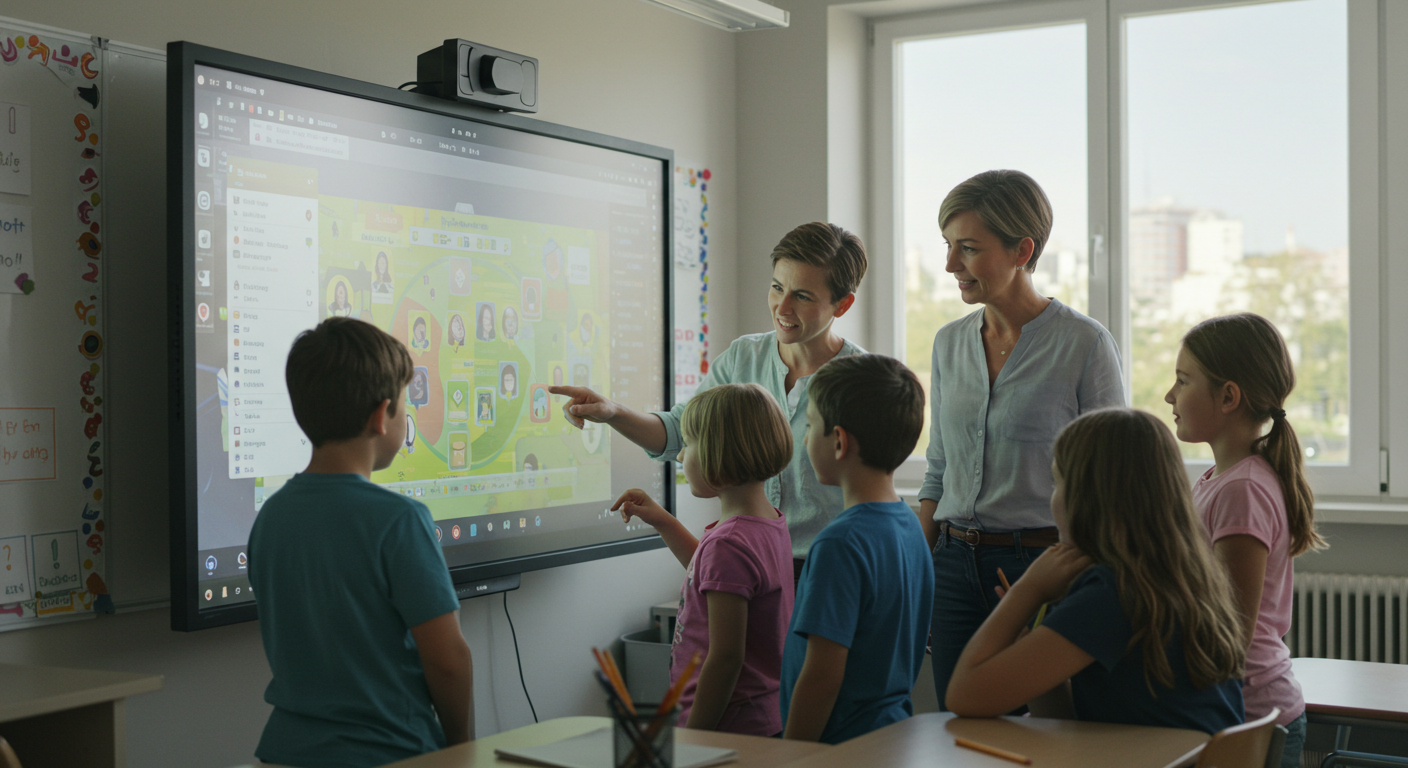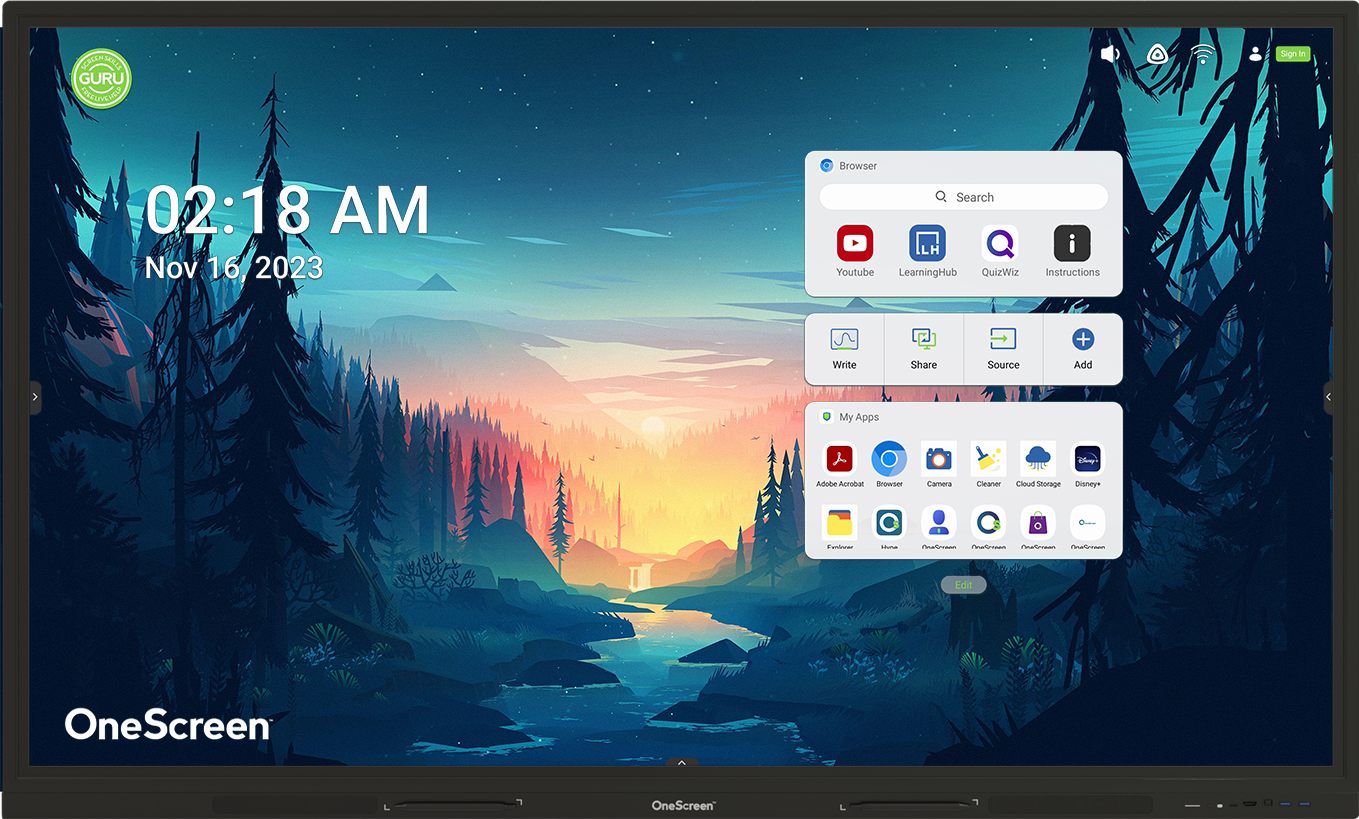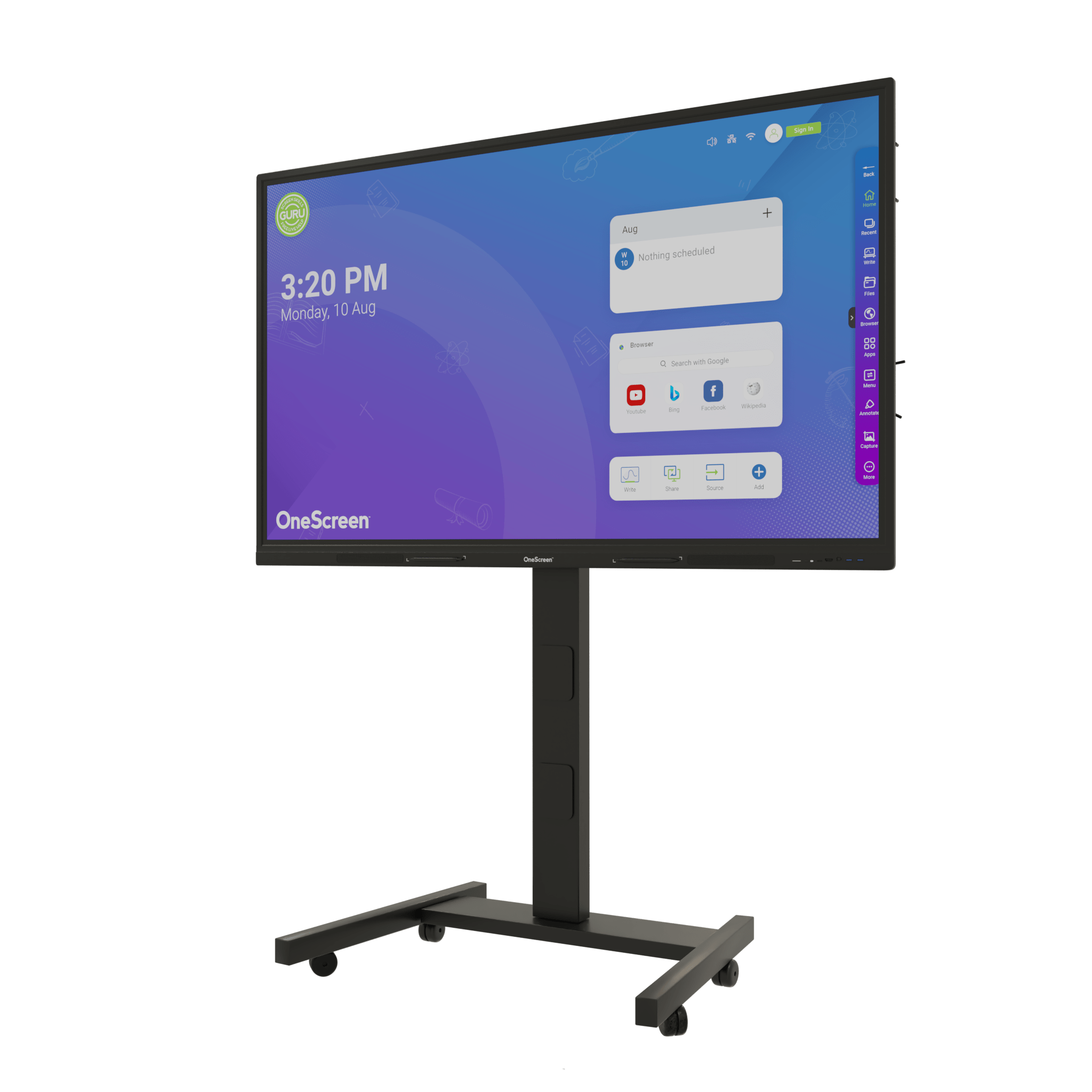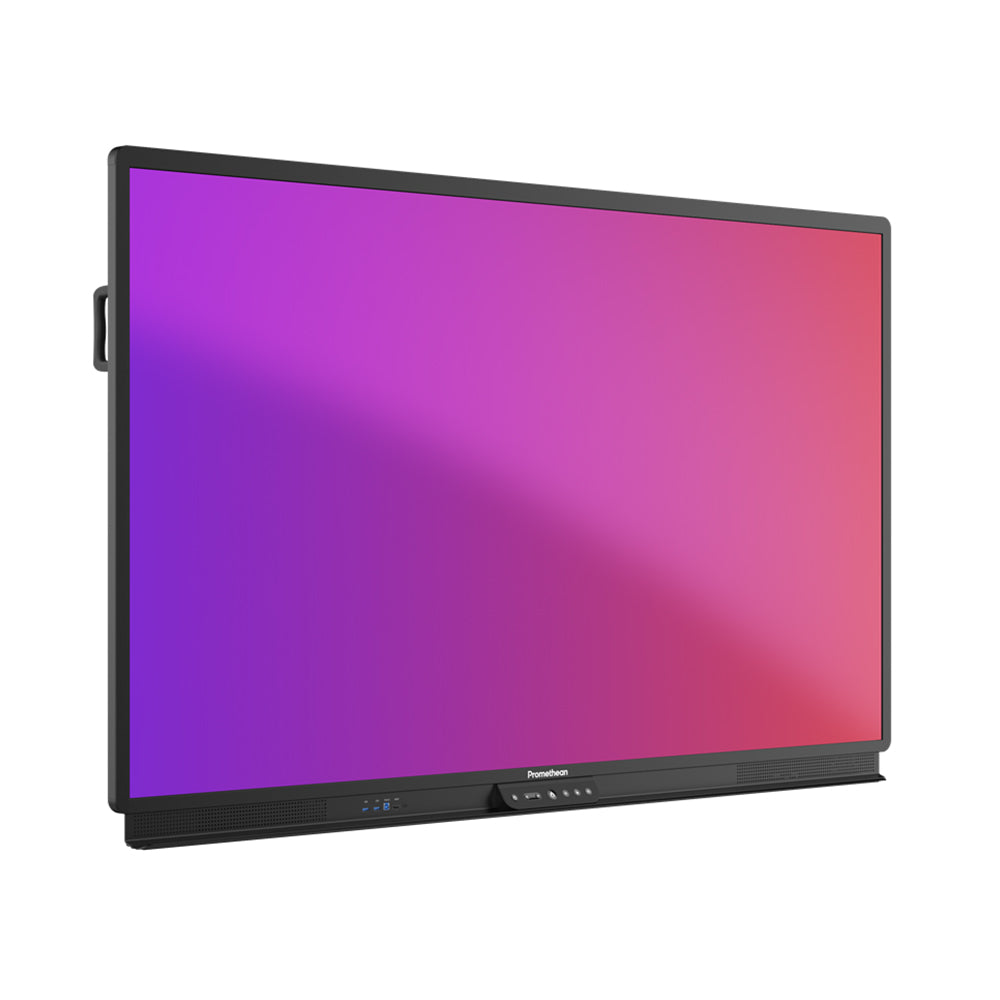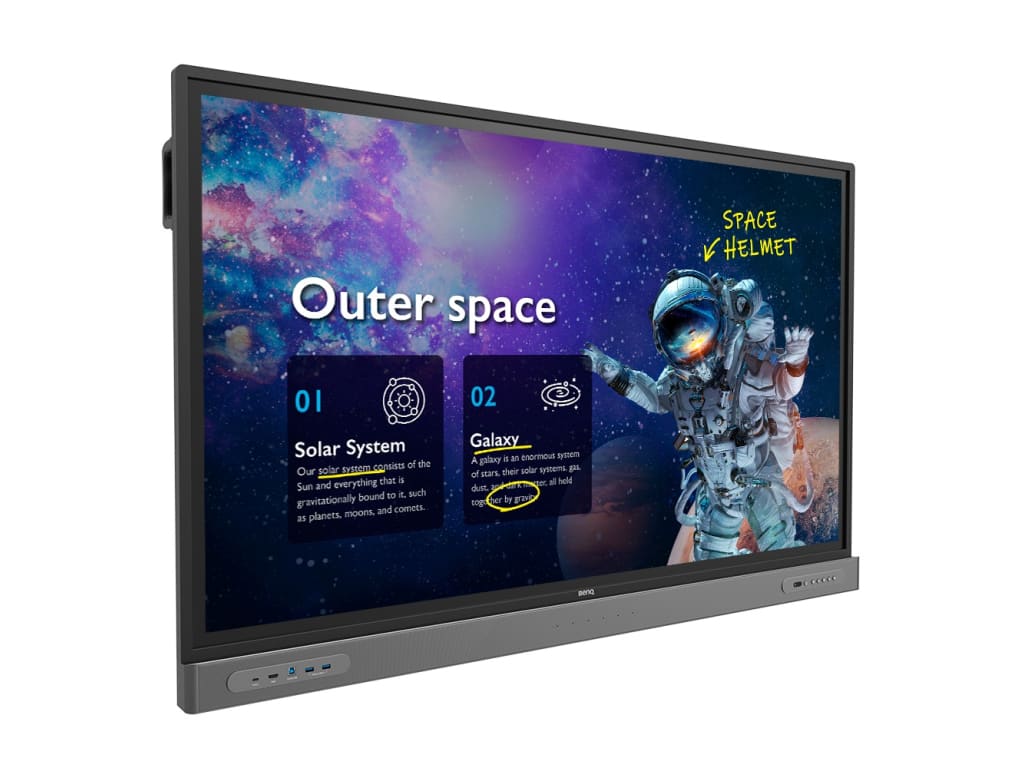Podcast - How Educators Use Interactive Displays
Interactive screens are transforming modern classrooms by replacing traditional whiteboards with dynamic, multi-touch displays that enhance student engagement and streamline lesson delivery. Teachers across elementary, middle, high school, and university levels report significant improvements in classroom organization, student participation, and instructional effectiveness when implementing these advanced educational technologies. The transition from static teaching tools to interactive flat panels represents a meaningful shift toward more collaborative and visually engaging learning environments.
Real educator experiences provide the most valuable insights into how interactive screens perform in actual classroom settings. Teachers using these technologies daily offer authentic perspectives on functionality, ease of use, and educational impact that specifications alone cannot convey. This examination of teacher testimonials reveals how interactive screens for schools are reshaping instruction across different grade levels and subject areas.
Can Non-Tech Teachers Really Use These Successfully
Ms. Alexia J., a 1st Grade Teacher at Baltimore City Public Schools, shares her experience:

Ms. Alexia J. engaging students with interactive letter games
This testimonial addresses a critical factor in successful interactive screen implementation, teacher confidence and professional development. Many educators express initial hesitation about adopting new classroom technologies, particularly those who consider themselves less technologically inclined.
Key factors that help non-tech teachers succeed include:
- User-friendly interfaces that feel familiar and intuitive
- Step-by-step training focused on practical classroom applications
- Ongoing free technical support for life to ensure smooth operation
- Built-in educational apps that work immediately without setup
Teachers who initially worry about complexity often find that interactive screens simplify rather than complicate their instructional routines. Educational-focused interactive panels like the OneScreen TL7 75" Interactive Touchscreen excel in this organizational capacity through their Android operating system and 40-point multi-touch capability. The OneScreen Annotate and Write (whiteboarding tool) allows teachers to draw, highlight, erase, and type over displayed content, while the anti-glare screen ensures visibility in all lighting conditions.
How Do Interactive Screens Simplify Daily Teaching
Ms. Bianca E., a 3rd Grade Teacher at St. Demetrios School , describes her journey:

Ms. Bianca E. demonstrating lesson organization on the interactive panel
Her testimonial highlights a fundamental advantage of using interactive screens in the classroom, the consolidation of multiple teaching tools into a single, integrated system. Traditional classroom management often requires teachers to juggle separate timers, behavior tracking charts, and presentation materials throughout the day.
Key factors that simplify daily teaching include:
- All-in-one lesson management with slides, timers, and charts in one place
- Built-in educational tools like instant whiteboard, spinner, and annotation layers
- Palm rejection technology for natural writing without interference
- Student independence support through clear, consistent information display
Clear, consistent classroom displays significantly boost student independence in elementary settings, helping young learners manage their routines with greater autonomy. Modern interactive screens like the Promethean ActivPanel 9 65" Flat Interactive Panel specifically address teacher needs through purpose-built educational tools including instant whiteboards, timers, and annotation layers.
What Makes Science Lessons More Engaging
Mr. Devin W., an 8th Grade Science Teacher at Donna Independent School District, explains his classroom transformation:

Mr. Devin W. annotating cell division diagrams during 8th grade science class
This experience illustrates how interactive screens excel in subject areas requiring detailed visual explanation and student engagement. Science instruction particularly benefits from the ability to annotate directly on complex diagrams, manipulate 3D models, and create dynamic presentations that respond to student questions in real time.
Key factors that enhance science instruction include:
- Real-time annotation on diagrams and images during lessons
- 4K crystal-clear resolution for detailed scientific visuals
- Lesson saving capabilities for consistent instruction across classes
- Eye-friendly displays that reduce strain during extended use
Advanced display technology like the BenQ RM6503 65" Interactive Screen enhances scientific instruction through crystal-clear 4K resolution and health-conscious low blue light technology that reduces eye strain during extended viewing.
How Do Students Learn Differently with Interactive Screens
Interactive screens fundamentally change how students work together in classroom environments. Multi-touch capabilities enable multiple students to interact simultaneously with shared content, fostering genuine collaboration rather than passive observation.
Students benefit from interactive screens through:
- Group collaboration features that support team-based learning activities
- Visual and kinesthetic learning opportunities combined in one interface
- Immediate feedback during interactive exercises and assessments
- Digital work preservation for later review and sharing
Interactive panels also supports differentiated instruction by allowing teachers to create varied interaction opportunities for students with different abilities and preferences. Teachers can accommodate diverse learning styles while maintaining engaging, hands-on experiences that develop critical thinking and problem-solving skills.
Do Interactive Screens Work Across All Subjects
Interactive screens adapt effectively across subject areas and grade levels, making them versatile investments for schools:
Interactive whiteboard for classroom
- Read-alouds with interactive storytelling features
- Letter recognition games and phonics activities
- Virtual field trips to enhance learning experiences
- Complex diagram annotation for science classes
- Mathematical problem-solving with digital manipulatives
- Historical timeline creation and analysis
Assessment and Feedback
- Instant polls and quizzes within lesson presentations
- Real-time comprehension checks during instruction
- Immediate visual feedback for student responses
The seamless content switching maintains lesson momentum while providing rich, varied instructional materials that engage different types of learners. Assessment integration represents another significant advantage for educators across all grade levels.
What Determines Success with Interactive Screen Implementation
Successful interactive screen adoption depends on comprehensive support systems that address both technical and pedagogical needs. Training programs must go beyond basic operation to explore creative instructional applications.
Essential elements for successful implementation include:
- Comprehensive training focused on classroom applications
- Ongoing technical support and troubleshooting assistance
- Peer mentorship and collaborative learning opportunities
- Gradual feature introduction that builds confidence over time
The most successful interactive screens prioritize user-friendly design that minimizes technical barriers to adoption. Teachers need displays that function reliably without requiring extensive technical knowledge. Reliable performance builds teacher confidence and encourages continued exploration of advanced features.
Are Interactive Screens Worth the Investment
Interactive screens represent more than just technological upgrades; they embody a shift toward more engaging, collaborative, and effective educational practices. The testimonials from Ms. Alexia, Ms. Bianca, and Mr. Devin demonstrate how these tools address real classroom challenges while enhancing both teaching effectiveness and student learning outcomes.
Success in implementing interactive screens depends on matching technology capabilities with actual educational needs and providing comprehensive support for teacher adoption. Schools considering interactive screen adoption can learn from these teacher experiences by prioritizing training, support, and gradual implementation strategies.
Not Sure Which Interactive Screen is Right For You?
Contact our team for a personalized consultation or live demo to discover how interactive screens can transform your classroom environment. Whether for a classroom or a conference room, reach out for tailored guidance or request a personalized demo or call us at (800) 992-5279 to find the perfect fit for your school.

